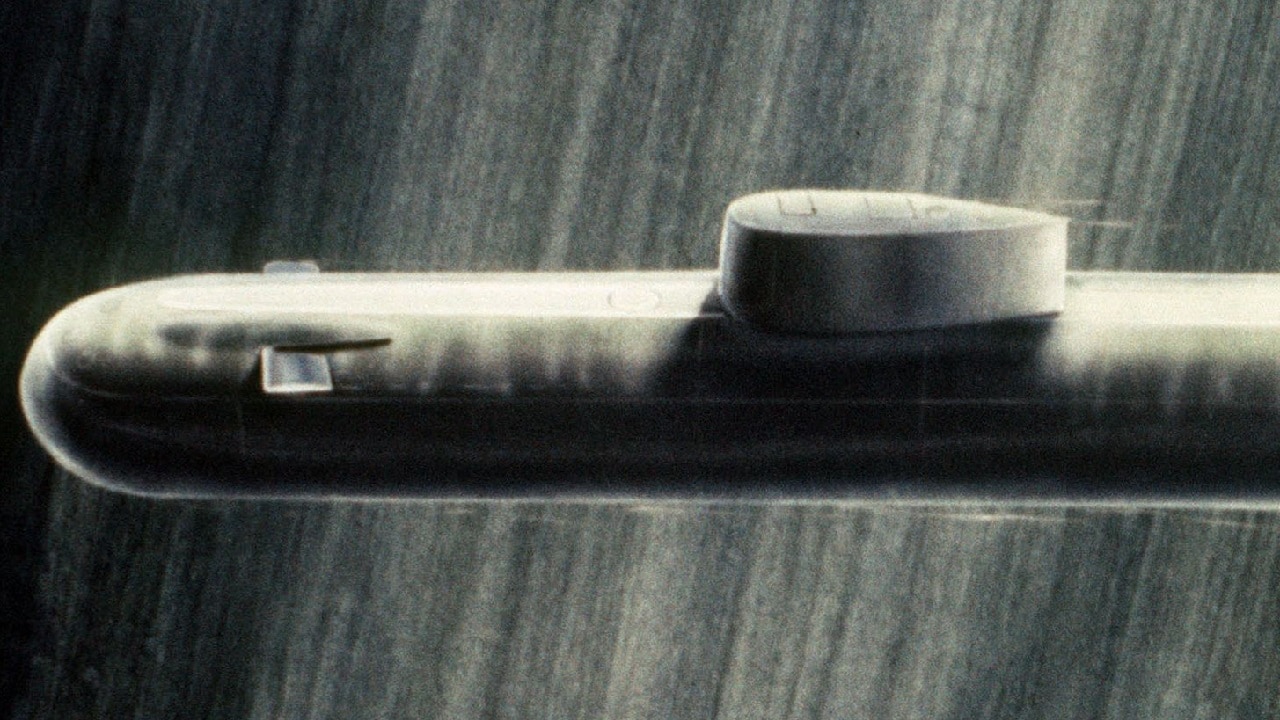Tragedy Beneath the Waves: The Komsomolets Disaster

Deep in the Norwegian Sea, the wreck of the Soviet submarine K-278 Komsomolets lies approximately 1.7 kilometers below the surface, a haunting reminder of Cold War ambitions and their tragic consequences. This nuclear attack submarine, which sank on April 7, 1989, after a catastrophic fire, claimed the lives of 42 crew members and exposed critical flaws in naval safety protocols. The Komsomolets, a technological marvel of its time, serves as a stark testament to the perils of military innovation and the environmental challenges posed by its nuclear components.
The Komsomolets: A Technological Marvel and Its Flaws
The K-278 Komsomolets was the only submarine of the Project 685 Plavnik, known by NATO as the “Mike” class. Designed to dive deeper and travel faster than any of its contemporaries, it was constructed from titanium, allowing it to withstand immense underwater pressures. Commissioned in 1983, the Komsomolets was intended to outmaneuver NATO’s anti-submarine capabilities, particularly the American Mark 48 torpedo, which had a maximum operational depth of 800 meters. Soviet engineers aimed to create a vessel capable of diving to at least 1,000 meters, effectively rendering it invulnerable to enemy detection.
K-278 Komsomolets (Project 685) Key Specifications
|
Characteristic |
Specification |
|
Class & Type |
Project 685 Plavnik / NATO: Mike-class; Nuclear-Powered Attack Submarine (SSN) |
|
Displacement |
Surfaced: 5,680–5,750 tons; Submerged: 6,400–8,500 tons |
|
Dimensions |
Length: 117.5–118.4 m; Beam: 10.7–11.1 m; Draft: 7.4–9.0 m |
|
Propulsion |
1 x 190 MW OK-650B-3 pressurized water nuclear reactor; 1 x GTZA steam turbine (approx. 43,000 shp) |
|
Speed |
Surfaced: 14 knots; Submerged: 30–31 knots |
|
Diving Depth |
Operational: 1,000 m (3,280 ft); Maximum (Test): 1,020 m (3,350 ft); Crush: ~1,250-1,370 m |
|
Endurance |
90 days |
|
Armament |
6 x 533mm torpedo tubes; 22 torpedoes/missiles total. Mix of SAET-60/USET-80 torpedoes, VA-111 Shkval supercavitating torpedoes, 3K10 Granat cruise missiles, URPK-6 Vodopad-PL ASW missiles. Two torpedoes carried nuclear warheads. |
|
Crew Complement |
57–69 personnel (design: 57-64; at time of sinking: 69) |
|
Special Features |
Full double hull with inner pressure hull made of titanium alloy; Detachable crew escape capsule in sail. |
However, this ambitious design came with significant risks. The Komsomolets was equipped with advanced automation, allowing for a reduced crew size of only 57 to 64 personnel, which, while beneficial for life support, also meant fewer hands available for emergency situations. The submarine’s unique escape capsule, designed for crew survival in catastrophic scenarios, became a tragic symbol of the vessel’s inherent flaws. Although it was intended to provide a last-resort escape option, the capsule’s complex release mechanism ultimately failed during the disaster.
The Komsomolets’ operational life was brief yet remarkable. After a series of successful trials, including a record dive to 1,020 meters in 1984, it was deemed combat-ready in 1988. However, the transition from an experimental platform to a frontline attack submarine introduced latent risks that would culminate in disaster.
The final patrol began on February 28, 1989, under the command of Captain Evgeny Vanin. Unfortunately, this crew lacked the extensive experience of the original team, which had navigated the submarine through its rigorous testing phases. This inexperience would prove critical when faced with the unfolding emergency.
On April 7, 1989, a fire broke out in the aft compartment of the Komsomolets, likely ignited by a short circuit. Despite the crew’s efforts to contain the blaze, the situation escalated rapidly, leading to catastrophic failures in the submarine’s systems. The fire compromised the emergency breathing system, incapacitating many crew members and hindering their ability to combat the flames.
As the fire raged, the submarine began to take on water, ultimately leading to its sinking at approximately 17:08. Of the 69 crew members aboard, 42 lost their lives, many succumbing to hypothermia in the frigid waters after abandoning the vessel. The rescue response was slow, with the first rescue vessel arriving over an hour after the submarine sank.
The Komsomolets disaster not only highlighted the dangers of advanced military technology but also raised significant environmental concerns due to the presence of its nuclear reactor and torpedoes. The wreck has since become a focal point for scientific research, as experts continue to monitor its condition and the potential environmental impact of radioactive leakage. The legacy of the Komsomolets serves as a cautionary tale about the interplay of technological ambition, human error, and the enduring consequences of military endeavors.
